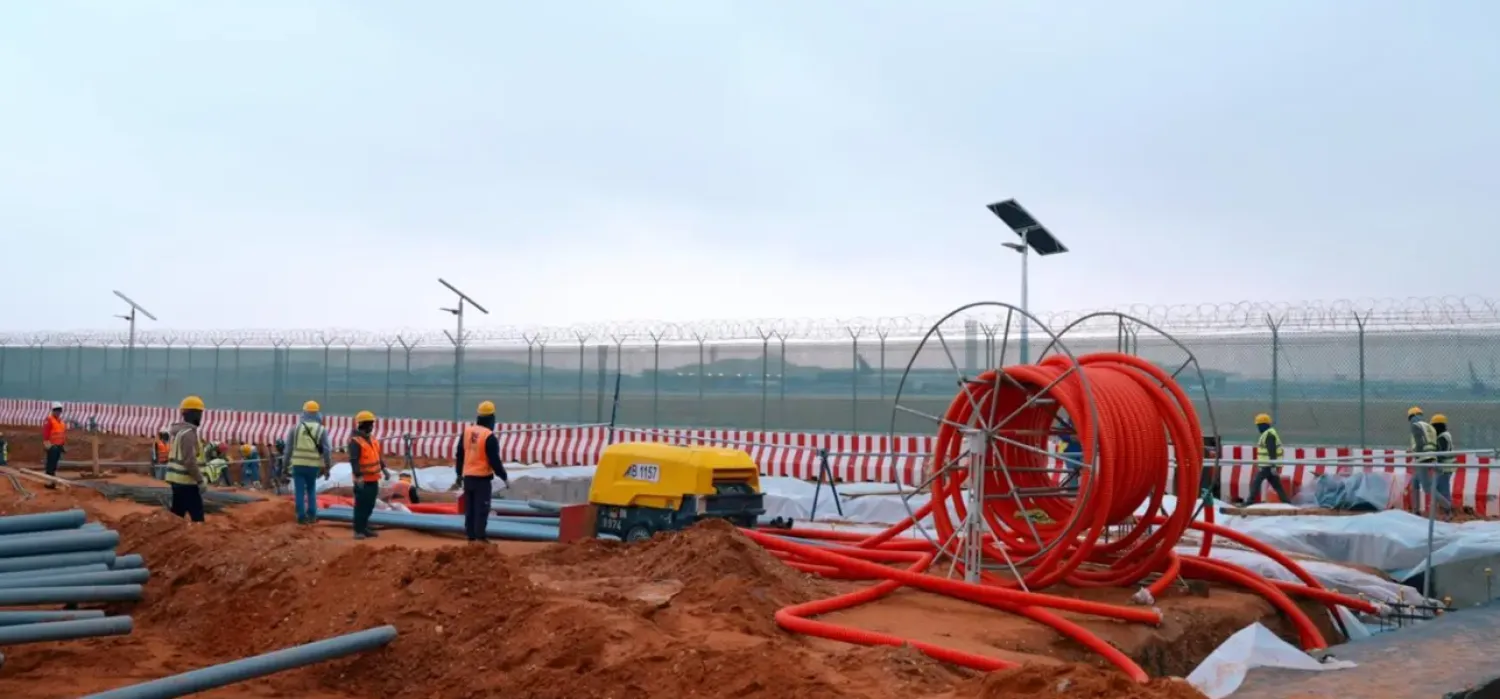Aramco, one of the world’s leading integrated energy and chemicals companies, has announced agreements with key Chinese partners during a visit to the Kingdom of Saudi Arabia by a senior delegation led by Chinese Premier Li Qiang.
The agreements reinforce Aramco’s ongoing contribution to China’s long-term energy security and development, support China’s participation in Saudi Arabia’s economic growth, and foster collaboration in new technology development. They include preliminary documentation relating to a Development Framework Agreement with Rongsheng Petrochemical Co. Ltd. (Rongsheng) and a Strategic Cooperation Agreement with Hengli Group Co., Ltd.
According to SPA, Aramco Downstream President Mohammed Y. Al Qahtani said: “The signing of these agreements reaffirms our belief in the long-term, mutual benefits that can arise from Aramco’s close collaboration with our Chinese partners. China is an important country in our global downstream growth strategy, and we look forward to building on a relationship that spans more than three decades to unlock new opportunities in this crucial market. These agreements reflect our collective intention to elevate our relationships in vital sectors to advance our downstream objectives, contribute to both China’s and Saudi Arabia’s vibrant energy and petrochemicals sectors, and help develop future technology solutions.”
The preliminary documentation relating to a Development Framework Agreement with Rongsheng is connected to the potential joint development of an expansion of Saudi Aramco Jubail Refinery Company (SASREF) facilities. It follows an announcement in April that Aramco and Rongsheng had signed a Cooperation Framework Agreement relating to the planned formation of a joint venture in SASREF and significant investments in the Saudi and Chinese petrochemical sectors.
This agreement includes Rongsheng’s potential acquisition of a 50% stake in SASREF, the development of a liquids-to-chemicals expansion project at SASREF, Aramco’s potential acquisition of a 50% stake in Rongsheng affiliate Ningbo Zhongjin Petrochemical Co. Ltd. (ZJPC), and participation in ZJPC’s expansion project.
The agreement with Hengli Group Co., Ltd. advances talks relating to Aramco’s potential acquisition of a 10% stake in Hengli Petrochemical Co., Ltd., subject to due diligence and required regulatory clearances. It follows the signing of a memorandum of understanding in April 2024 regarding the proposed transaction.









